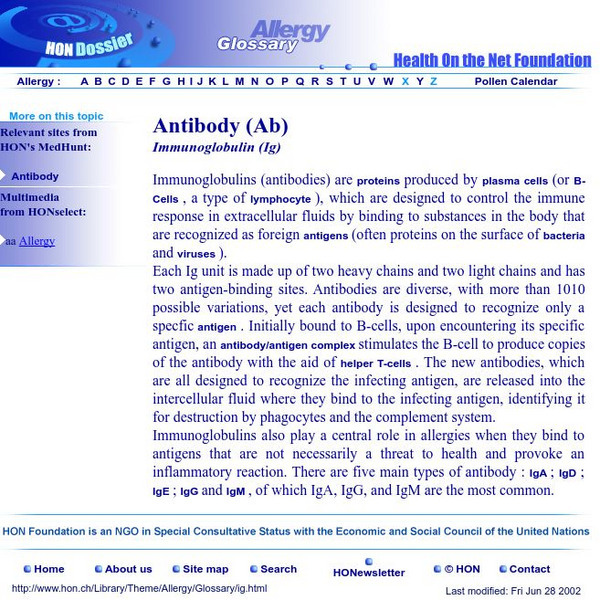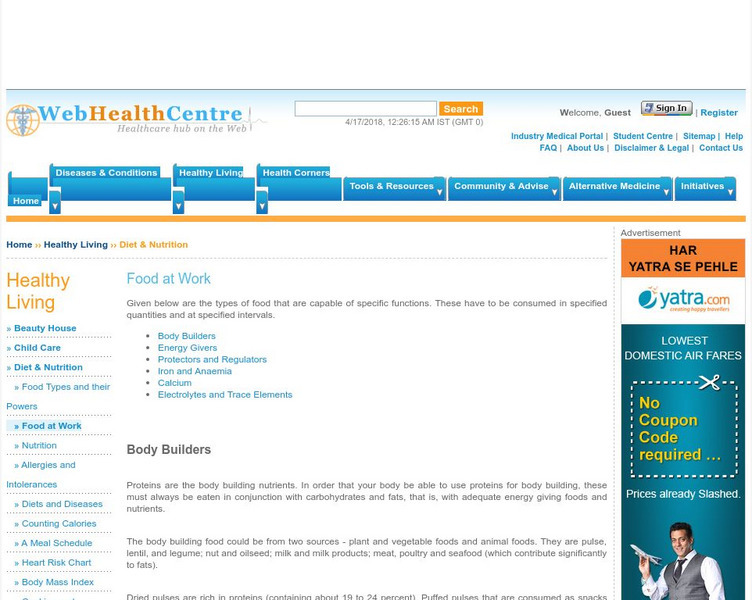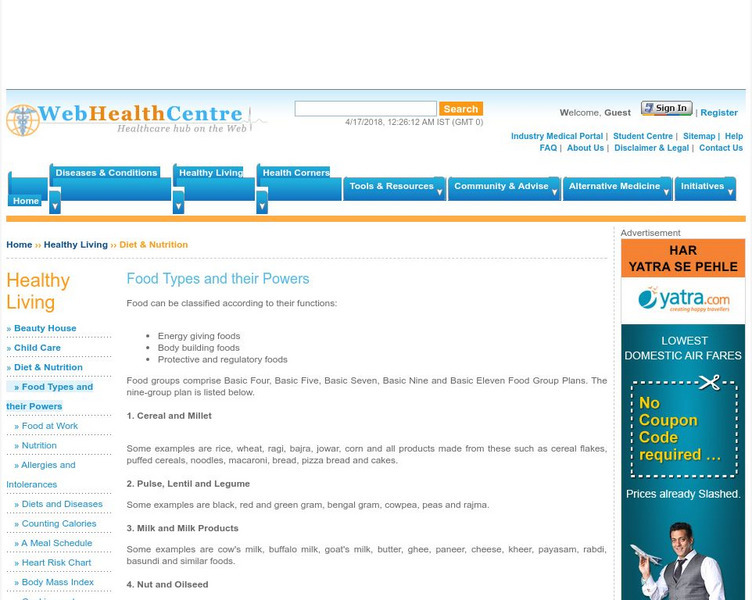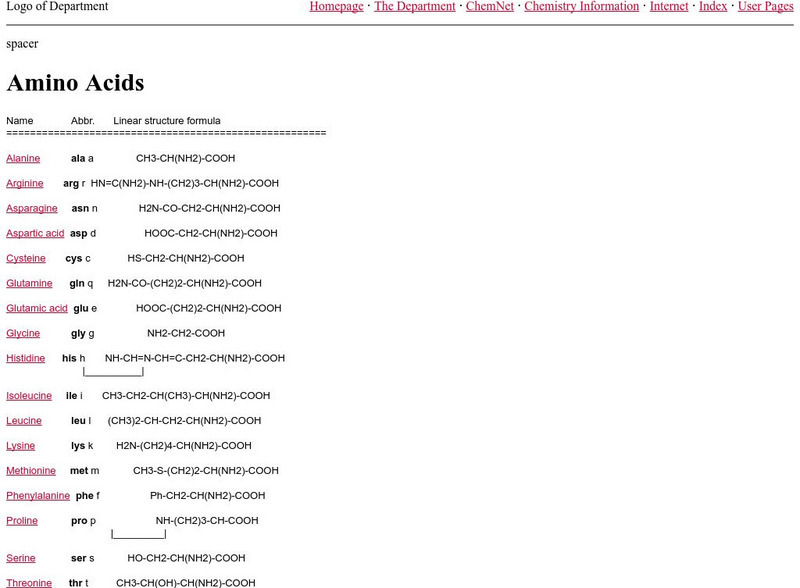Utah Education Network
Uen: Balanced Diet
In this lesson, 2nd graders will learn about the components of a balanced diet. Students will analyze charts and then self-report their own foods in categories. Several fiction and nonfiction books are listed as additional resources.
PBS
Pbs Nova Teachers: Dying to Be Thin: Body Needs
Find out what the human body needs to function at its best, and why.
Chemistry Collective
Chem Collective: Determining the P Ka and Concentration Ratio
Use the virtual lab to determine the pKa of a protein then create a buffer solution with a specific concentration ratio of the protein in its protonated/ unprotonated form.
Concord Consortium
Concord Consortium: Stem Resources: Dna to Protein
Investigate how the genetic code on a DNA strands controls what protein is produced with this collection of animations and 3D models. Explore an interactive 3D model of the double helix, watch an animation of transcription, and see the...
Concord Consortium
Concord Consortium: Stem Resources: The Tree of Life's Molecules
An interactive activity where you can zoom in to explore the macromolecules present in organisms. Learn about proteins, carbohydrates, lipids, and nucleic acid as you investigate the molecular structure of these types of macromolecules....
Exploratorium
Exploratorium: The Science of Cooking Meat
How does muscle turn into meat? What gives meat its flavor and color? What makes meat juicy and tender? At this site from the Exploratorium you can rind out the science behind the food.
City University of New York
Bio Lab Module: Breaking the Genetic Code
Try this interactive module from the Brooklyn College to help understand the genetic code and how changes in the code effect the final protein product.
Lawrence Berkeley National Laboratory
Berkeley Lab: Did You Ever Wonder? The Crystal Robot
Students examine x-ray crystallography. The resource explores the structure of the proteins specified by tens of thousands of newly sequenced genes. Additional resources are included.
National Institutes of Health
Nih: Deciphering the Genetic Code: Michael Nirenberg
Story of Michael Nirenberg and his colleagues deciphering of DNA.
Chem4kids
Chem4 Kids: Twenty Amino Acids
Humans need amino acids to exist. Click on each of the necessary twenty listed to see their molecular structures and learn what type they are.
Science Education Resource Center at Carleton College
Serc: How Enzymes Work
In this biology lab, students use pineapple juice as an enzyme, and jello as a substrate to illustrate an enzyme/substrate complex.
Estrella Mountain Community College
Online Biology Book: Chemistry Ii: Water and Organic Molecules
Online biology textbook discussing the chemical nature of water, and the importance of its molecular structure to life. Also discusses at length the organic molecules nucleic acids, proteins, lipids, and carbohydrates.
Polk Brothers Foundation Center for Urban Education at DePaul University
De Paul University: Center for Urban Education: Nutrition Lesson [Pdf]
"Nutrition Lesson" is a one page, nonfiction passage about protein including what it does in the body and what foods contain protein. It is followed by questions which require students to provide evidence from the story; it includes...
The Association of the British Pharmaceutical Industry
Abpi: Enzymes
Animated learning exercise about all types of enzymes and their uses. Learn how different types of enzymes work and what effects them.
Other
Hon Allergy Glossary: Antibody (Ab)
A good paragraph with abundant vocabulary links that can help you determine the role of the function of antibodies.
Other
Hypertextbook: Large Molecules
This is a good, in-depth reference for the study of macromolecules in biology - lipids, proteins and carbohydrates. Includes images and links to other sources as well as a quiz for students to check understanding.
Other
Rensselaer Polytechnic Inst.: Basics of Recombinant Dna
What is rDNA? What are the three different methods by which rDNA is made? How does it work? Why is it important? Find all this and also discover what the future holds for rDNA. After learning all this information, take the interactive...
Other
Web Health Centre: Food at Work
Read about the roles of protein, carbohydrates, fats, vitamins, and minerals. Learn what kinds of foods are "Body builders," "Energy givers," and "Protectors," and tailor your diet so that you are getting the nutrients you need to...
Other
Web Health Centre: Food Types and Their Powers
This website describes the nutritional values of different types of foods. Learn what types of foods are sources of carbohydrates, proteins, fats, vitamins, and minerals through a chart provided at the bottom of the page.
Other
Center for Game Science: Fold It
A game where students put amino acids together to form a protein. Students will also try to predict how that protein will fold. Since the function of a protein depends a lot on the structure, this game can help students understand the...
Other
Institute of Chemistry: Amino Acids
Clickable list of links to descriptions and models of 20 amino acids, including classification and structure.
Indiana University
Area 10 Math and Technology Project: Nutrition Labels
Lesson Plan involving all aspects of reading a nutrition label. Emphasizes math skills. Includes links to a teacher outline, student copies and reference materials.
National Health Museum
Nhm: Amino Acid Sequences Show Evolution
This lesson plan focuses on differences in the amino acid sequence of hemoglobin and myoglobin proteins. They use the number of differences to create a phylogenetic tree.
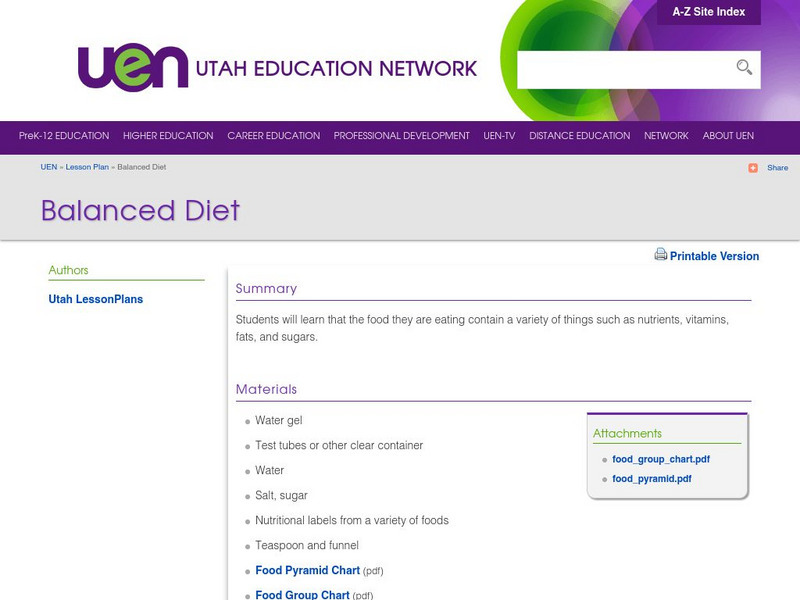
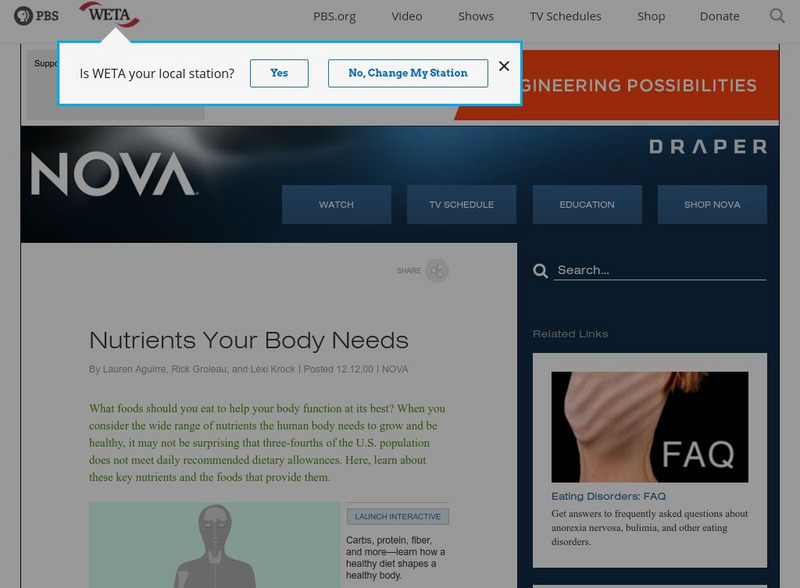

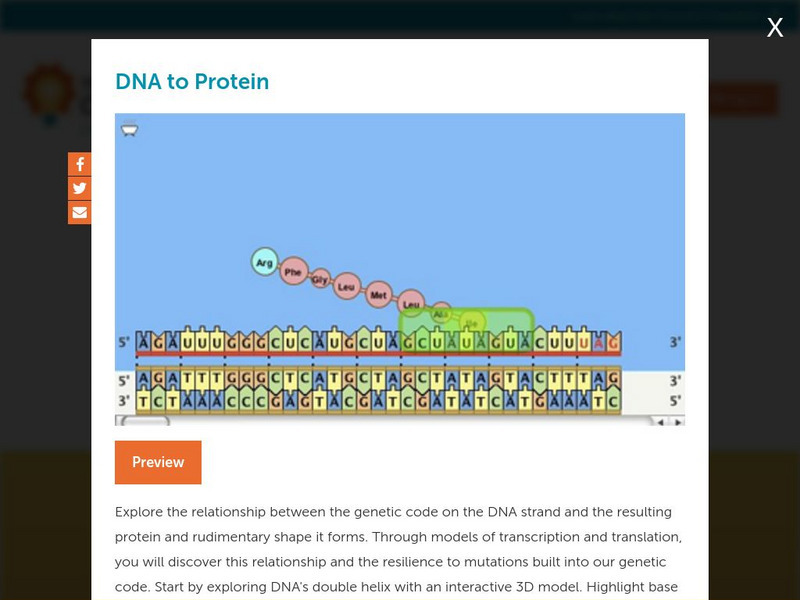

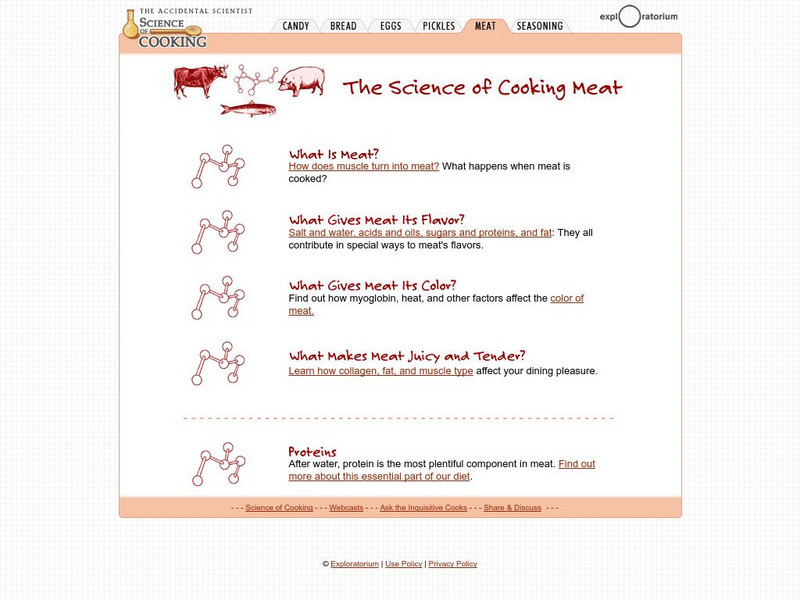

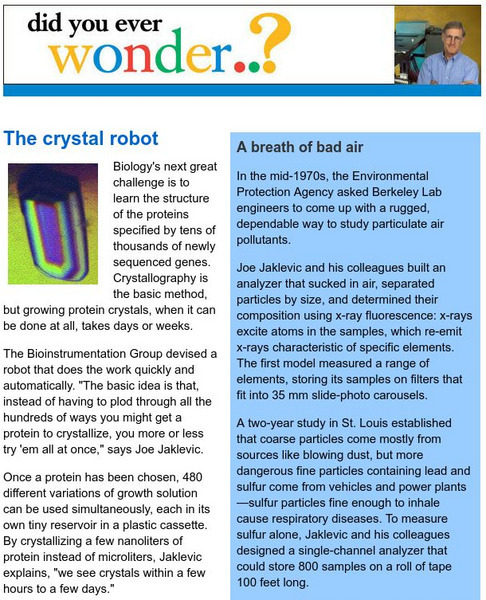


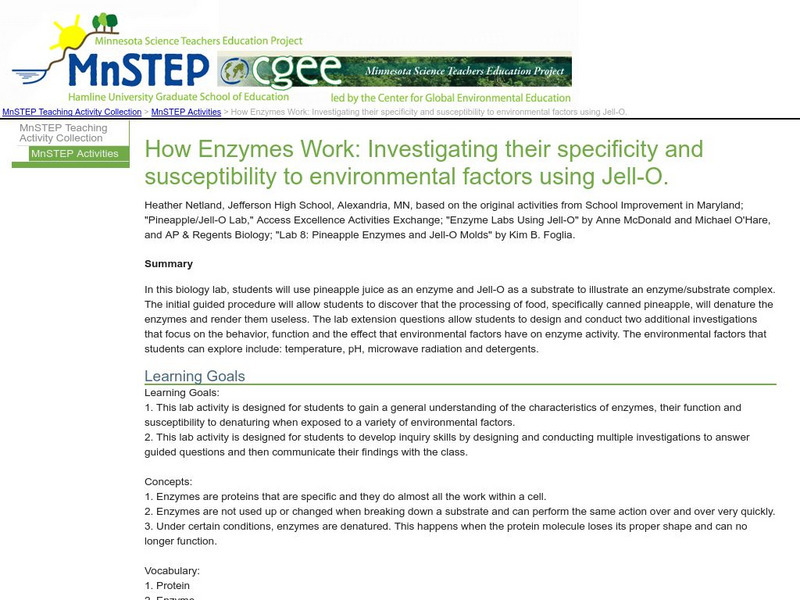

![De Paul University: Center for Urban Education: Nutrition Lesson [Pdf] Unit Plan De Paul University: Center for Urban Education: Nutrition Lesson [Pdf] Unit Plan](https://static.lp.lexp.cloud/images/attachment_defaults/resource/large/FPO-knovation.png)

